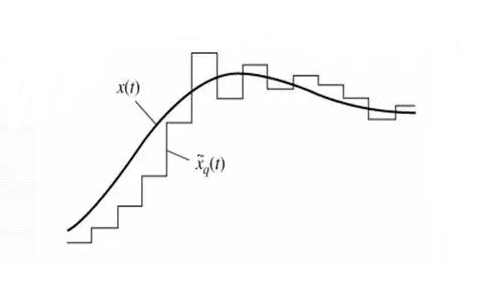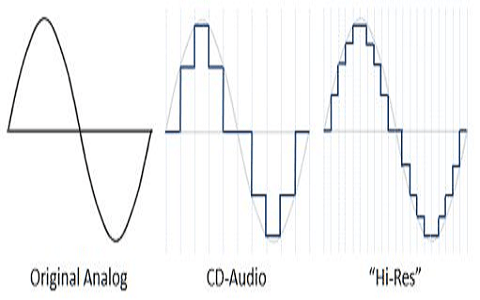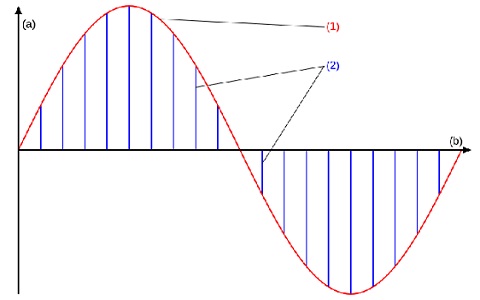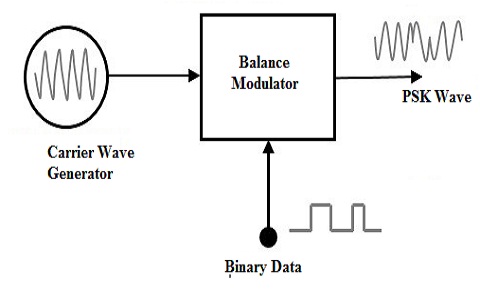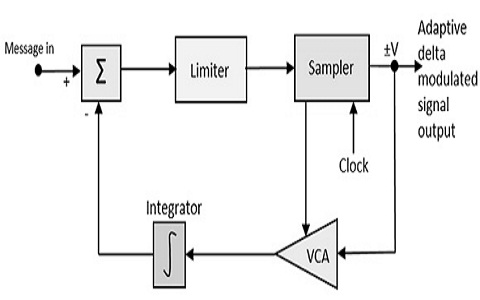Delta modulation is basically analog to digital and a digital to analog signal conversion technique which is mainly used for data transfer. This type of modulation technique is used by the satellite business system, and it is also known as Differential pulse code modulation. This modulation technique is used to achieve high signal to noise ratio. Delta Modulation is basically of three types that are Adaptive Delta Modulation(ADM), Delta-sigma Modulation, and differential modulation. The ADM is a … [Read more...]
What is a Single Tuned Amplifier : Working & Its Applications
Tuned amplifiers are mainly preferred to amplify the high-frequency signals in wireless communication. The tuned amplification works based on the tuning circuit implied as load. The range of the frequencies defined for a particular amplification circuit can be fixed or dynamic based on applications. The tuning circuit present at the load consists of an inductor and capacitor. For dynamic frequencies, the values of capacitance should be varied. These amplifiers are very advantageous due to its … [Read more...]
What is a Network Interface Card : Types and Its Working
In the past years, computers are worked as stand-alone systems. To establish the communication, to perform computations between the multiple computers and to share the files among them, a portable medium of storage is required. At present in the modern world, communication among the devices is a must to share information. This communication is possible through the establishment of a dedicated path. This is made possible by the phenomenon called the internet. It can connect multiple devices to a … [Read more...]
What is Analog Modulation : Types & Its Applications
Conveying of our messages to someone happens through voice, few gestures, expressions. This is the human way of communication. Whereas in the technological context, there are multiple ways of transmitting messages either in the form of audio, digital bits and baseband signal transmissions. The fundamental method of transmission is telecommunication and modulation is the core system for any of the telecommunication devices. These days, the standard forms of communication devices are co-axial … [Read more...]
What is Pulse Amplitude Modulation & Its Working
Modulation is an extremely important process in communication technology. It allows signals to transmit information from one point to another by means of a communication channel. We can send a signal over a particular frequency range by using different types of modulation techniques. PAM is a type of modulation technique that is being effectively used in signal transmission. PAM is basically a type of amplitude modulation where the message is transmitted as a series of pulses where each pulse … [Read more...]
What is an Amplitude Shift Keying : Working and Applications
Modulation is a very important concept in electronics and telecommunication. It occurs when we vary one or more properties of a carrier signal with a modulating signal. Modulation is of different types. When we modulate an analog signal, it is called analog modulation and when we modulate a digital signal, it is called digital modulation. Modulation mainly occurs when the characteristics of input signal i.e. amplitude, frequency, and phase are improved with reference of the carrier signal. For … [Read more...]
What is Phase Shift Keying : Types and Its Forms
Phase Shift Keying is a process of digital modulation where data is transmitted by regular reversal of phase. It can be used to transmit data using different data communication techniques. This technique uses a reference signal of constant frequency. The transmission is done in an extremely efficient way. It is quite useful in the engineering and telecommunications sector and is also superior as compared to amplitude shift keying or ASK. We effectively use PSK in radio communication. In the case … [Read more...]
What is Phase Modulation : Its Derivatives & Waveforms
In our daily life, communication is the most important concept to be discussed. Many of the sources such as TV, internet, mobile, radio, and many others are communication channels. The communication might be either in one-way or two-way and to establish communication there has to be some process. Like the transmitter transmits the signals through the communication medium and the receiver receives the signals. Here, the communication medium is more crucial to make the signals stronger and … [Read more...]
What is Delta Modulation : Working and Its Advantages
While the conversion of an analog signal into a binary signal, the PCM (pulse code modulation) technique is used. But this system has a disadvantage like it requires large bandwidth because all the bits are going to be transmitted and there is a difference between the analog signal and the digital signal. So these can be overcome by using Delta modulation. It is one type of technique used for the conversion of an analog signal into a digital version. The definition of delta Modulation is the … [Read more...]
What is Amplitude Modulation – Derivatives, Types and Benefits
Initially, the birth of amplitude modulation starts by considering a continuous spark transmission and placing a carbon microphone in the antenna lead. This type of positioning has created sound waves, and these got varied both with the intensity and resistance over the transmission. Even there was a disturbing noise, signals can be heard over a distance and that’s up to some hundred meters. So, the introduction of uninterrupted sine signals allowed for continuous transmission and then on AM w … [Read more...]
- « Previous Page
- 1
- …
- 4
- 5
- 6
- 7
- Next Page »
